
Volodarsk-Volynskii Mine
×
Home

Although the Volodarsk-Volynskii Pegmatite Field was first described during the mid to late-1800s, for many years only industrial minerals were mined for piezoelectric quartz and optical grade fluorite. It is only in the post-Soviet era that mining for gem minerals developed. Although almost 100 mineral species have now been identified form this deposit, it is the world-class heliodor and aquamarine beryl, magnificent blue and Champaign topaz and jet-black Morion quartz for which it now famed. The deposit is renowned for its enormous crystal-lined pockets, termed the Chamber Pegmatites and these have been known to contain quartz crystals weighing up to ten tons! The Volodarsk mine was worked between 2015 and 2018 for the specimen collector market and within the first months of operation fine blue topaz crystals associated with muscovite and Morion were recovered.
The town of Volodarsk-Volynskii is in the Zhitomir Oblast of the Ukraine and lies almost due west of Kiev, some 188 km (117 miles) by road (Figure 1). The mine is a few kilometres west of the town.


Volodarsk-Volynskii is a small town that grew with the expansion of the mine during the Soviet era. Figure 2 shows the name sign, in Ukrainian, on entering the town. It must be mentioned that there are various spellings of Volodarsk-Volynskii in the English language and no standard prevails.

Most of the old open pit workings are now water filled and Figure 3 is typical of the surrounding countryside.

The occurrence of well crystallised minerals such as Quartz and Topaz were first recognised by farmers while working their fields; the plough would often turn up fine gem material. For many years no geological investigation was conducted because it was assumed the Ukraine could not produce such exotic minerals and presumed, they had been transported during the Ice Age from the northern Scandinavian countries. The pegmatite bodies were first described in 1851 but were not seriously mined until 1931 and this continued until 1993.
During the Soviet era the gem material was usually discarded to the waste spoil heaps because the economic commodity was piezo quartz. During the period 1944 to 1993, 5,200 tons of quartz was mined of which 119 tons was piezo quartz. Piezo quartz is that which develops a piezoelectric charge when compressed and has many industrial uses. A common appliance is that of the piezo lighter, used for igniting gas in a cooker or cigarette lighter. It is also recorded that 22 tons of topaz and 4 tons of beryl were mined. Figures 4 to 6 show mining operations during the Soviet period.



Figures 7 and 8 show parts of the mine as it was in 2016 while specimen recovery operations were in progress. Martin Števko was the acting UKMV mineralogist at the mine during specimen recovery.


The gradual formation of continental crust throughout geological time was primarily a result of partial melting of the original basaltic crust giving rise to the generation of granites. One reason why granite formation differs from that of basalt is the presence of water; a combination of volatile elements migrating towards the surface and recycled meteoric water. Granite is of lower density than basalt and migrated through and above it, so building the continental crust. The Volodarsk-Volynskii mine lies within the Ukrainian Shield (also termed the Ukrainian Crystalline Massif), an ancient and complex accumulation of rock which forms the East European craton. Much of the Shield is dated at between 3.2 to 3.8 Ga (Giga, billion or thousand million years) and originally formed the Archaean crust. The Earth formed some 4.54 Ga ago, so making these some of the oldest rocks on Earth.
The Volodarsk-Volynskii pegmatite body is a part of the Volynpegmatite of the Proterozoic Kotosten pluton. This is about 1.77 Ga old, considerably younger than the surrounding Shield rocks and covers an area of approximately 110 x 150 km (16,500 km2).
When granite forms around the interface of the crust and mantle, the presence of water concentrates many of the rarer and most exotic elements which otherwise remain in extremely low concentrations throughout, say, a basalt. Because these elements do not easily combine with the elements which form a basalt, these remain trapped at crystal boundaries as individual atoms. Water is a powerful solvent and when granite forms in a partial melt, these rare elements are incorporated into the aqueous phase.
As previously stated, granite is of a lower density than most crustal rocks and so gradually rises through the crust. At first consideration this would appear a difficult process when, by definition, the crust is solid. Various mechanisms allow for this to happen, one being the process of piecemeal stoping. The hot viscous granite slowly rises due of its buoyancy and causes fractures to develop in the overlying solid country rock, as a result of the high stresses imposed. Blocks of the country rock become detached and sink down (due to their higher density) into granite melt. These may totally melt and become absorbed into the granite, or if they remain intact, they are high metamorphosed and become xenoliths. By this gradual process the granite progresses upwards. Granite and associated pegmatite distribution in the Volodarsk-Volynskii area is shown in Figures 9 and 10.


The Volodarsk-Volynskii granite is a most unusual granite because of its rock forming minerals, texture and the scale of its miarolitic cavities. Unlike the most granites, this is a hornblende-biotite granite and contains large rounded crystals of orthoclase feldspar each with a rim of oligoclase feldspar. First thought to be unique, other similar granite bodies have been discovered around the world and the term Rapakivi granite is now used. This is named for type deposit in southern Finland where the rapakivi granite intrusions were first described by the Finnish petrologist Jakob Sederholm in 1891. The Finnish word “rapakivi” is used as it means “crumbly rock”. Such granites are extremely friable (or crumbly) due to the combination of rock forming mineral from which they are composed; their thermal expansion coefficients being markedly different, causing the mineral grains to part when subject to large changes in temperature (i.e. on cooling of the granite-pegmatite melt).
Although the rarer elements are now much more concentrated in the water phase of the granite, the problem remains that they do not readily combine with the more common rock-forming elements which gradually crystallise out to form the granite. As the granite cools and begins to solidify it is termed a crystal mush; a mixture of developing solid crystals in a viscous water-rich melt. As crystallisation of the granite continues the rarer elements become ever increasingly concentrated and accumulate above the cooling granite mass. Scum floating in a pan of jam or slag rising in molten iron are suitably analogous. Once all the rock-forming elements are exhausted only the exotic, metal-rich water phase remains and this cools to form a pegmatite. Through this process of differentiation pegmatite bodies usually cap the granite or are distributed along its cooler flanks. It is through this process of element concentration that the large array of minerals at the Volodarsk-Volynskii mine have formed.
Miarolitic cavity is the term applied to vugs which occur in granitic pegmatites, often containing well crystallised minerals. They are formed as the pegmatite body solidifies, usually from the outer margins inwards. The volatile portion of the magma is yet again concentrated due to its incompatibility with the granitic mineralogy. Often at the point where these elements are sufficiently concentrated to begin forming crystals of, say, Beryl, Topaz and Quartz, their remains suitable accommodation space in which perfect crystals to develop. A schematic of a mineralised miarolitic cavity in the Volodarsk-Volynskii rapakivi-type granite is shown in Figure 11. The cavities can be unusually large and are termed Chamber Pegmatites. These typically occur at between 100m to 150m below surface, but are known to be as deep as 600m.

Mindat lists 83 valid minerals occurring at the Volodarsk-Volynskii mine. The mine contains no type species but is world famous for its Beryl, Topaz and Quartz. Table 1 lists the primary and rarer gem minerals and Table 2 the varieties for Albite, Beryl and Quartz found at the mine. For a full and current full list visit https://www.mindat.org/.
| Mineral Species | Chemical Formula | Word-formula |
|---|---|---|
| Beryl | Be3Al2(Si6O18) | Beryllium silicate hydroxide |
| Quartz var. Morion | SiO2 | Silicon oxide |
| Topaz | Al2(SiO4)(F,OH)2 | Aluminium silicate fluoride hydroxide |
| Very Rare | ||
| Euclase | BeAl(SiO4)(OH) | Beryllium aluminosilicate hydroxide |
| Spessartine (garnet) | Mn32+Al2(SiO4)3 | Manganese aluminium silicate |
| Spinel | MgAl2O4 | Magnesium aluminium oxide |
| Zircon | Zr(SiO4) | Zirconium silicate |
| Mineral Species | Variety | Colour | Comments |
|---|---|---|---|
| Albite (Feldspar) | Cleavelandite | A thinly plated snow-white variety of Albite | |
| Oligoclase | A blocky crystallised variety of white Albite | ||
| Beryl | Aquamarine | Pale blue variety of Quartz | |
| Heliodor | Occurs as acidic lime-green and yellow crystals | ||
| Quartz | Amethyst | Lilac to deep purple Quartz | |
| Chalcedony | Variable colours: white, tan, buff, brown | ||
| Citrine | Delicate lemon-yellow Quartz | ||
| Morion | Jet-black opaque Quartz occurring as large xls | ||
| Rock crystal | Colourless and water-clear Quartz | ||
| Smoky quartz | Light to dark smoky-grey Quartz |
Mining operations commenced in 2015 following the delineation of 12 main orebodies after a comprehensive sampling programme by auger drilling (Figure 12). Figure 13 shows freshly drilled pegmatite cores laid out ready for description which then feed into the overall geological and mineralogical assessment.
Specimen recovery took place both as shallow surface operations and underground mining operation in some of the chamber pegmatites. The accompanying video shows the surface operation being mined by several hydraulic excavators in the soft clay-rich upper zones of the weathered pegmatite body.
A selection of the pegmatite chambers mined during this period together with some of the stunning specimens found are featured throughout Figures 14 to 20.












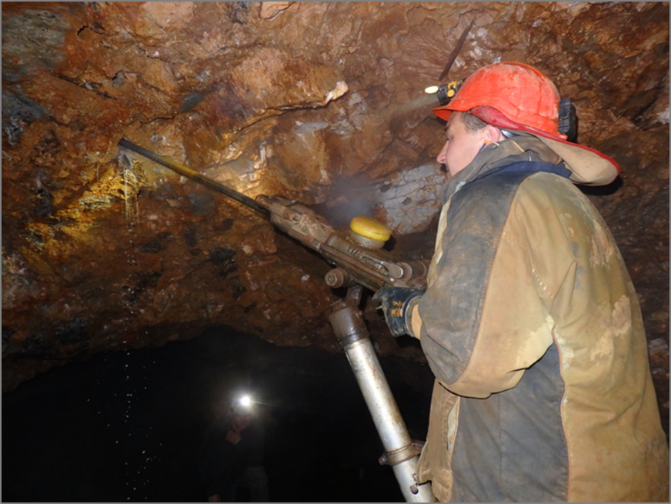


Friday 21st June 2019
The Volodarsk-Volynskii mine is currently non-operational until further notice.
UK Mining Ventures still have many superb specimens of both Heliodor (Beryl) and Topaz. Please contact us for more details.
This section is a repository for information and photographs taken between 2015 and 2018 which document the mineral treasures of the Volodarsk-Volynskii mine.
There are two photographic archives: Photo Archive 1: Specimen Treasures of Volodarsk-Volynskii Mine and Photo Archive 2: Specimen Mining at Volodarsk-Volynskii Mine. These contain a wide selection of photos of many sublime gem specimens and mining activity during the specimen recovery operation in between 2015 and 2018.



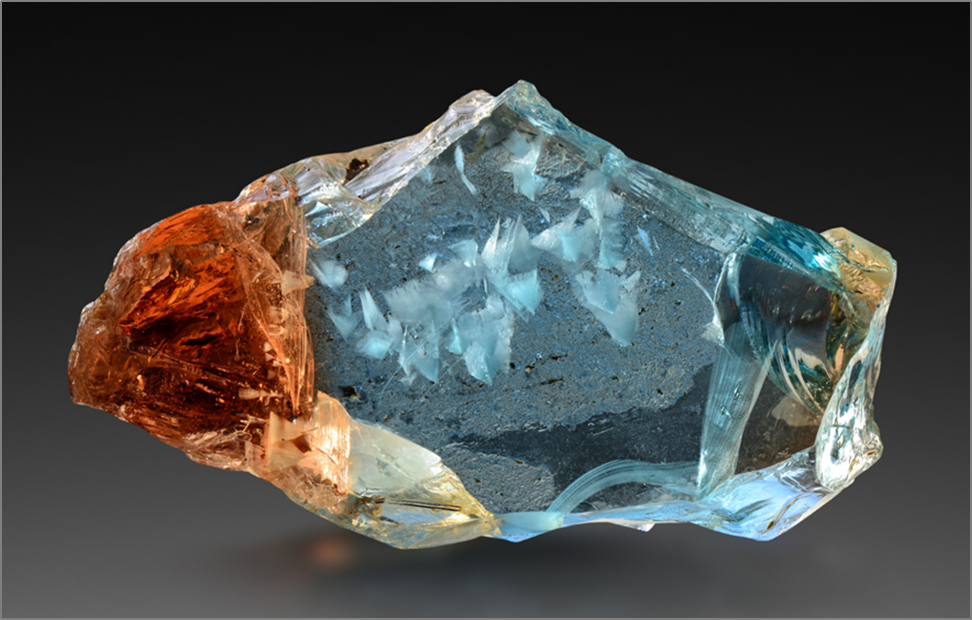

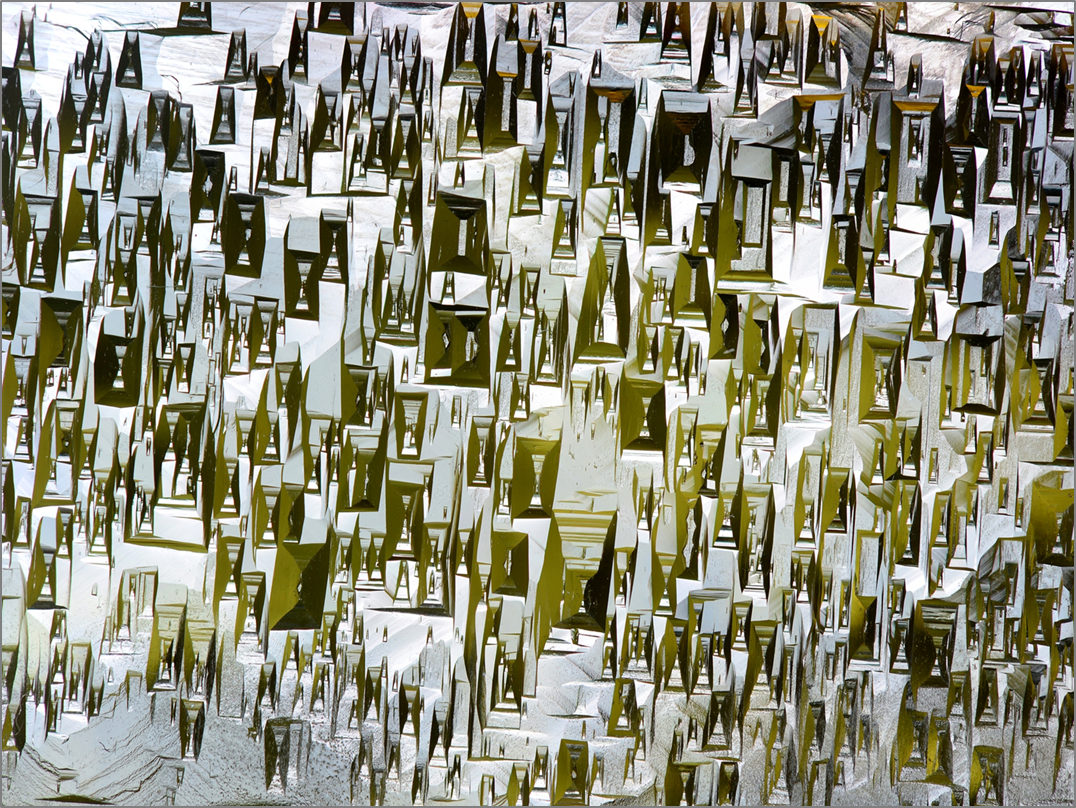











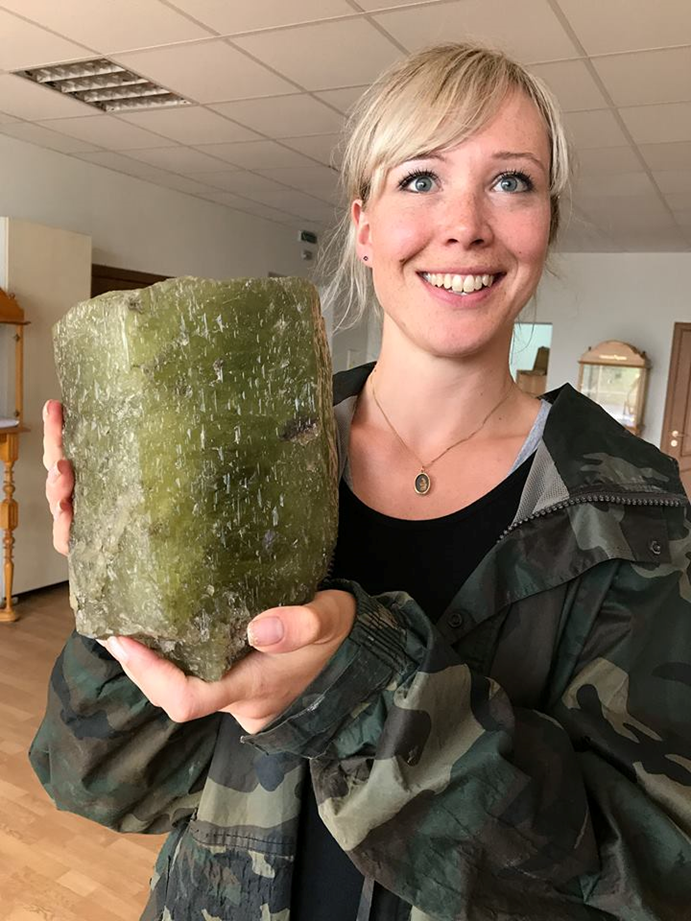





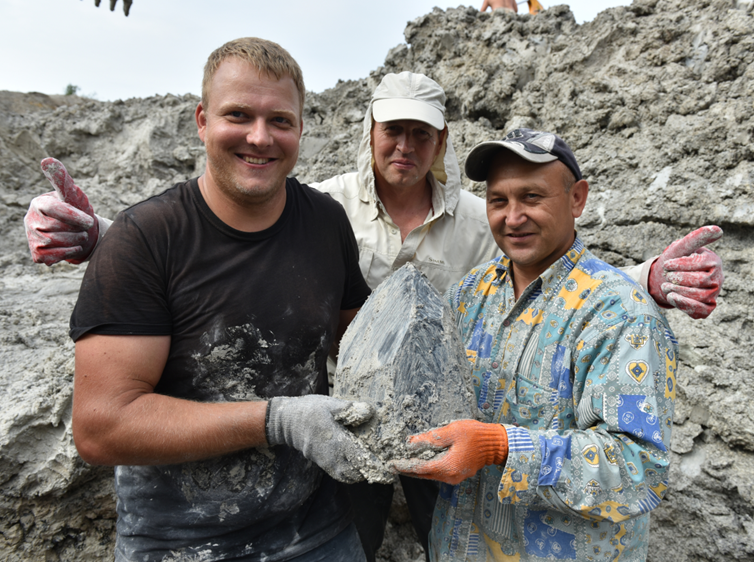

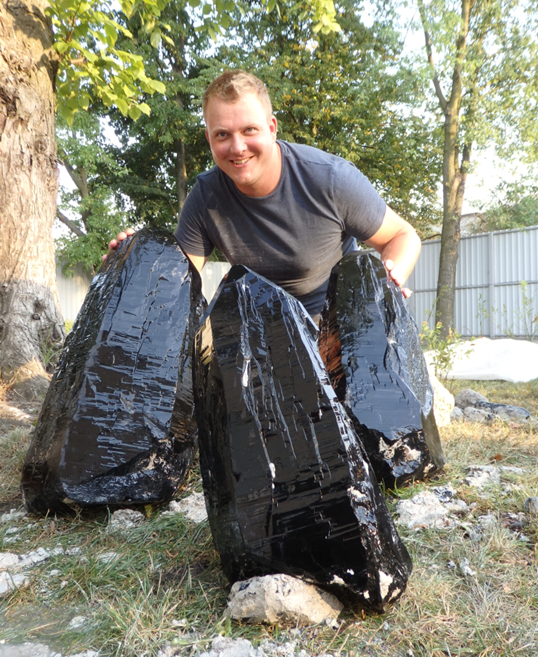





Copyright © 2021 UK Mining Ventures Ltd

